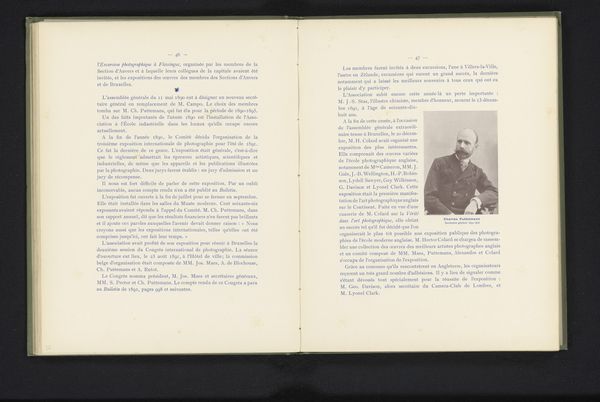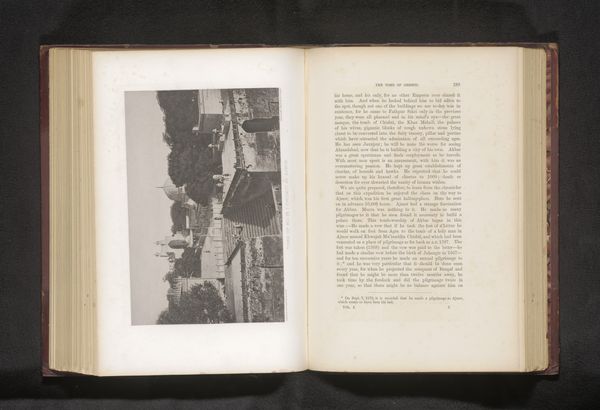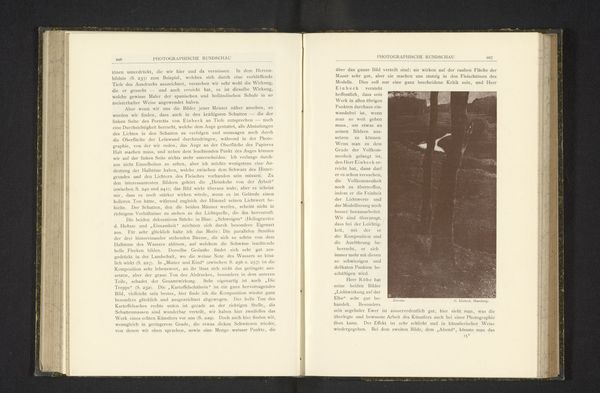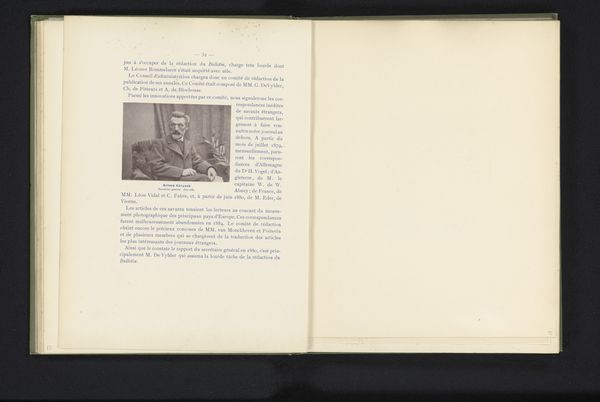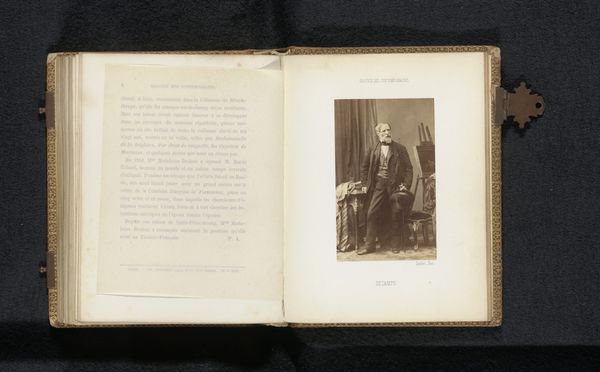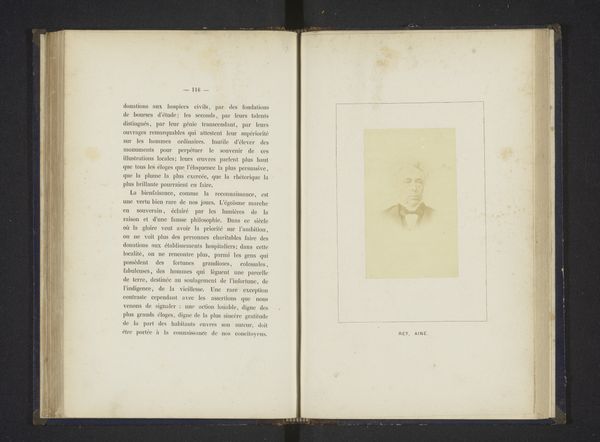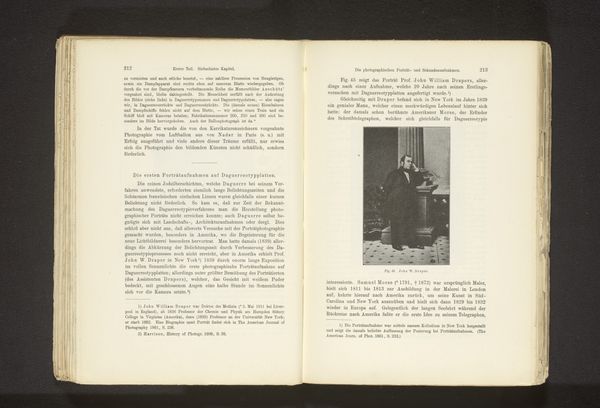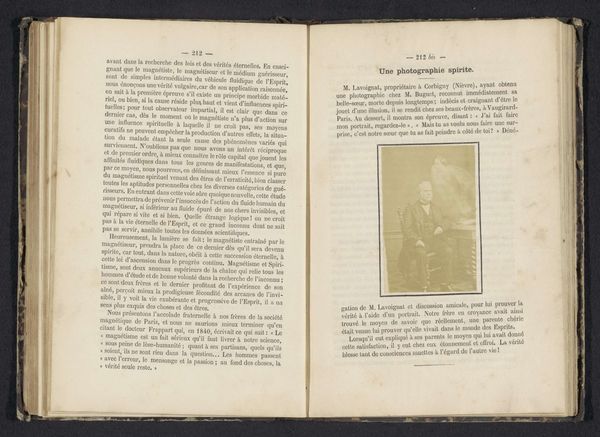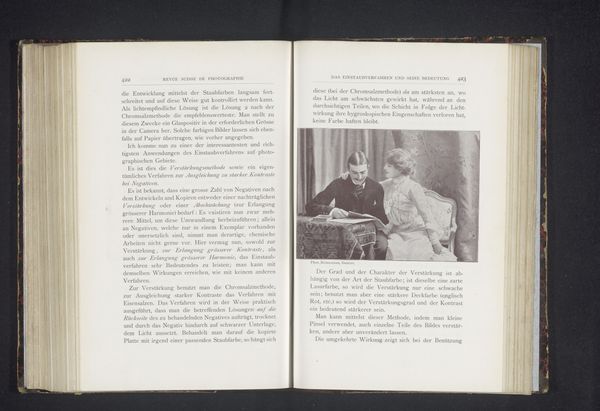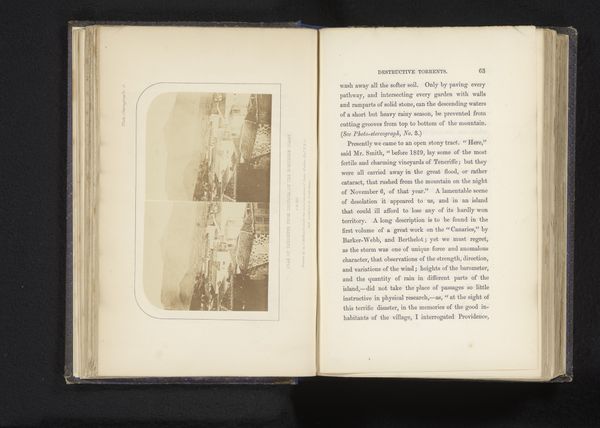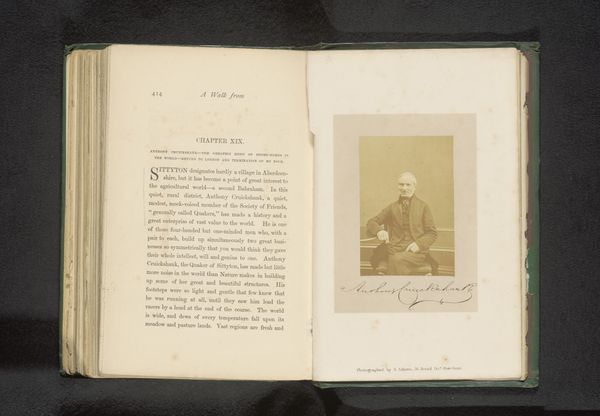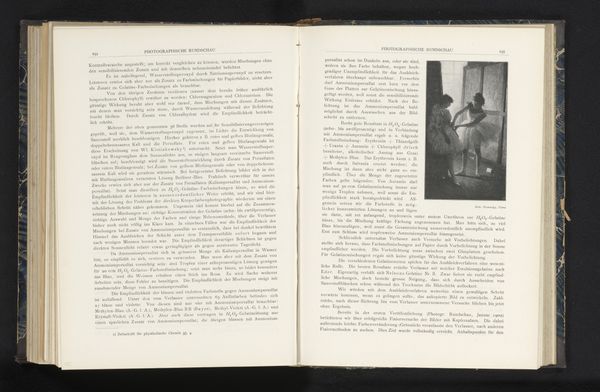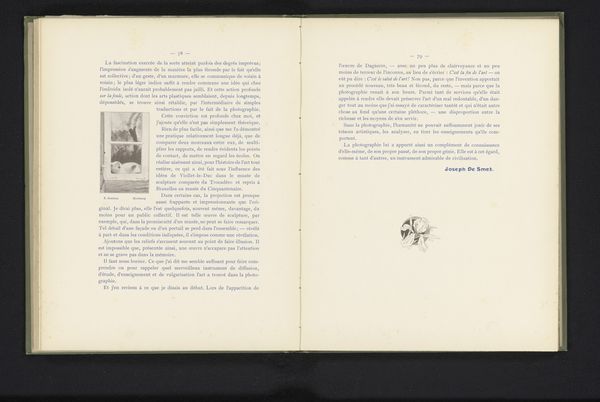
Portret van Dick van Driest, leider van het orkest van de Koninklijke Militaire Academie in Breda before 1912
0:00
0:00
photography
#
portrait
#
aged paper
#
homemade paper
#
paper non-digital material
#
paperlike
#
personal journal design
#
paper texture
#
photography
#
folded paper
#
thick font
#
genre-painting
#
letter paper
#
paper medium
Dimensions: height 65 mm, width 52 mm
Copyright: Rijks Museum: Open Domain
Curator: Here we have "Portret van Dick van Driest, leider van het orkest van de Koninklijke Militaire Academie in Breda," a photograph dating from before 1912. What strikes you most about it? Editor: I’m immediately drawn to the intimacy of this portrait being included in what appears to be a journal or scrapbook. It’s like we’re getting a glimpse into a very personal memory. I’m curious, how do you read the combination of the portrait and the handwritten text? Curator: The combination is incredibly powerful. The formal portrait of van Driest, a figure of authority and likely privilege as the leader of a military academy orchestra, is juxtaposed with the informal, almost scrapbook-like setting. This creates a fascinating tension. I read it as a way of humanizing a figure who might otherwise be perceived as distant or untouchable, placing him within the context of the everyday lives and memories of the academy's community. How do you think this context affects our understanding of his role and identity? Editor: That's insightful. It softens the image of a military leader. It suggests a more nuanced understanding of masculinity beyond just the martial image. The accompanying text probably gives insight in what he meant to the other academy members, as well as insights into the meaning of their lives. Is that a fitting reading? Curator: Absolutely. We can infer how collective memory can reshape perceptions of power. The photograph transforms into a medium that negotiates collective identity, celebrating figures while situating them within accessible, humanized narratives. Editor: I see it now! Putting someone in a literal scrapbook, gives more than a photograph by itself ever could. Curator: Precisely. It reminds us that every portrait exists within a web of social relations, and invites us to question how those relationships shape our interpretations.
Comments
No comments
Be the first to comment and join the conversation on the ultimate creative platform.
